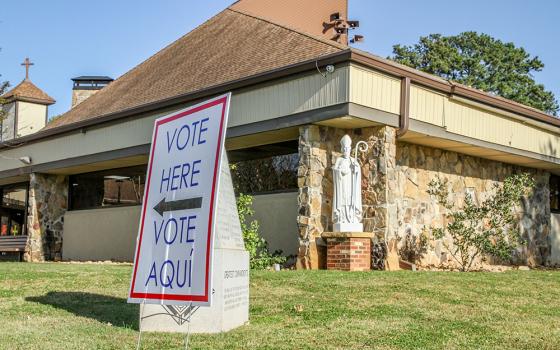I belong to the Criminal Justice Task Force, part of the Missouri Association for Social Welfare, an advocacy group that's more than 100 years old and dedicated to improving the lives of Missourians. On July 10, the task force met with Dave Dormire, director of the Missouri Department of Corrections adult institutions.
It was a good meeting about improvements that have been made in Missouri's administrative segregation, aka "ad seg," aka "the hole." Ad seg is the prison's jail, and every prison has one, a place to put people whose behavior is uncontrolled.
Juxtaposed to California's prison conditions, the Missouri report was astonishing. The goal of the current California hunger strike is to end the practice of solitary confinement. I heard a spokeswoman declare that California doesn't have solitary confinement. Inmates are allowed half an hour out of their closed cell in an exercise yard alone; they are allowed family visits through a glass; they are allowed books; some are allowed phone calls and to send photos to their families, recent changes in the rules. But some inmates have been held there for decades. No end date is offered. There are no programs available to help inmates learn to read, much less work toward mental health or adjustment to society.
Approximately 12,000 California inmates refused meals for four days. This is amazing solidarity across the prison system among men and women who have little to gain by supporting the least free among them.
Meanwhile, the Missouri system doesn't have real solitary. The ad seg cells open onto a hallway; there's conversation across the hall and with inmates in adjacent cells. But the big change Missouri introduced is programs.
It used to be that the ad seg wings were loud and violent. Guards were attacked; feces was thrown. The mentally ill were housed next to violent gangsters. They got no treatment and learned nothing. So when they were released, they resumed the behavior that sent them to ad seg.
Some of the early steps taken were to introduce correspondence courses in anger management and self-study; separate the gangsters from the mentally ill; make medical rounds with the mentally ill; and release inmates from their cells to participate in staff-led programs. The Department of Corrections opened protective custody units because some inmates would rather be in the hole than exposed in the general population, where they feared other inmates.
One result is that the ad seg wings are calm places with a quiet buzz of conversation instead of angry shouts. The wing for the mentally ill gave a Fourth of July performance for the Department of Corrections director with songs and poetry, something unimaginable a few years ago.
This is a population of violent, frequently severely mentally ill men and women. Some of the most violent are housed together in one prison. They have attacked guards, killed cell mates and beaten other inmates. So the staff fashioned school desks with handcuffs so the inmates could sit together in a room, talking with staff and with one another, without fear that anyone would attack. It worked. Many of those men have returned to the general population. Others have moved out of ad seg and into reintegration units. They may never be fully integrated into the general population, but they are working with staff and other inmates to gain impulse control and insight into their own behavior. They are making limited choices about their lives.
I am so conscious of the hunger strikers at Guantanamo and now in the California system, taking on additional suffering in protest of their bad treatment. Part of the pain of their suffering is that things could be done differently.



